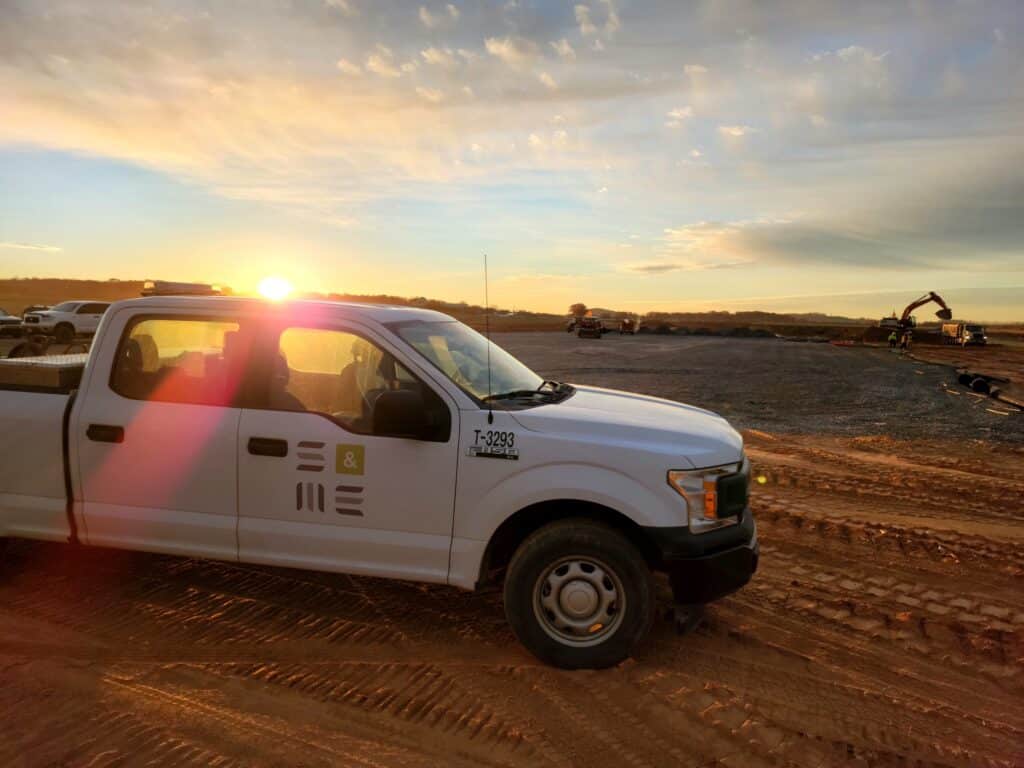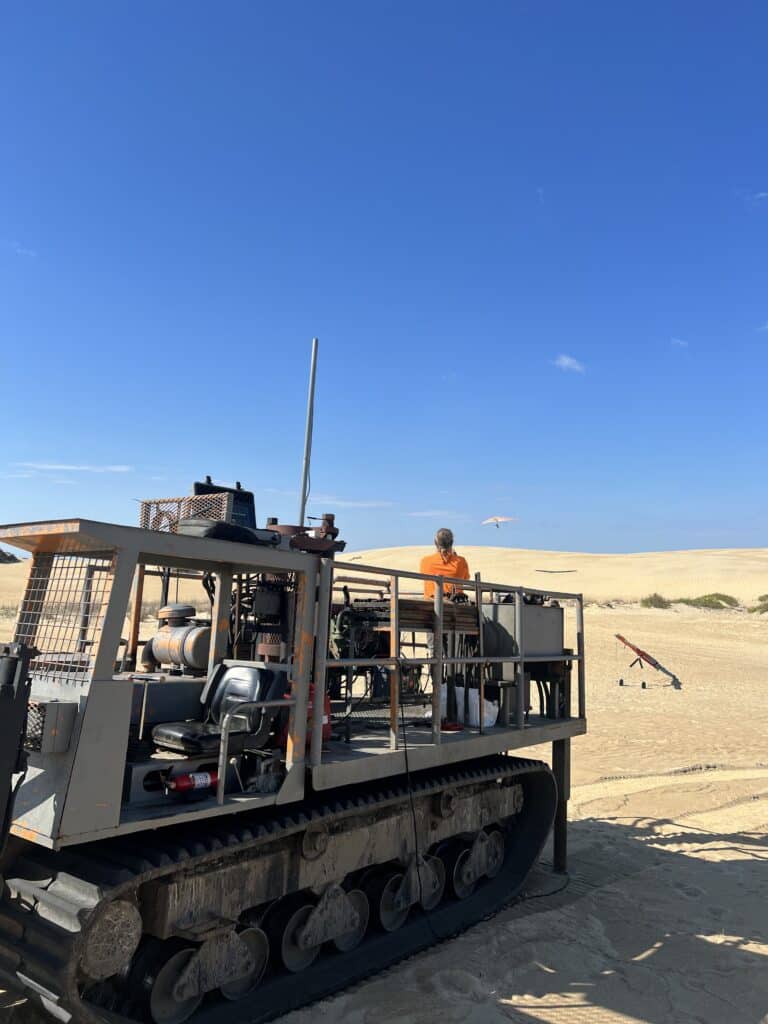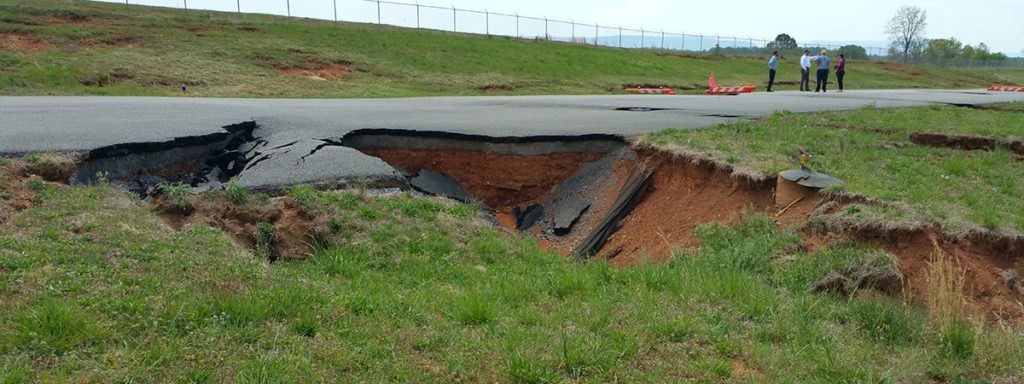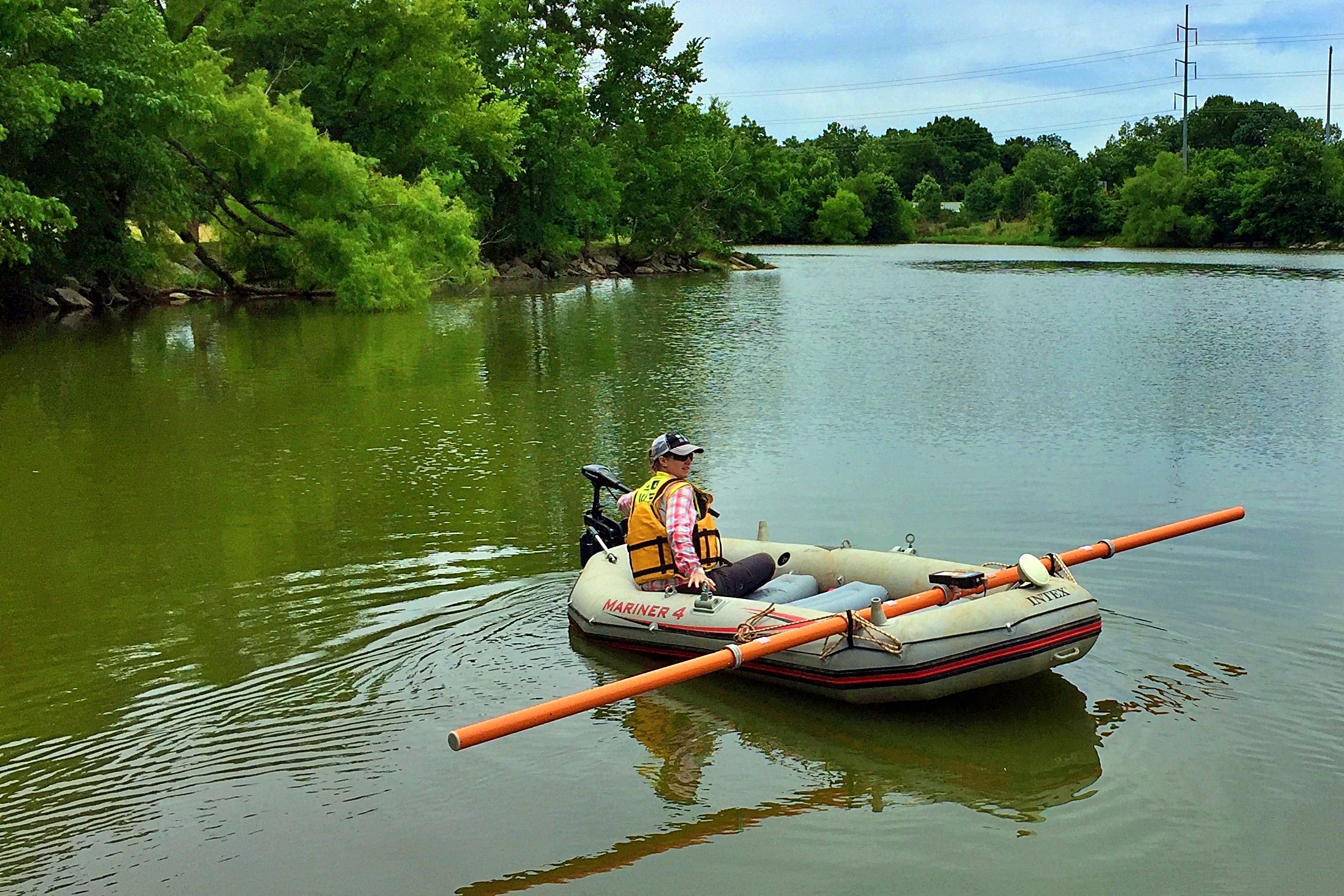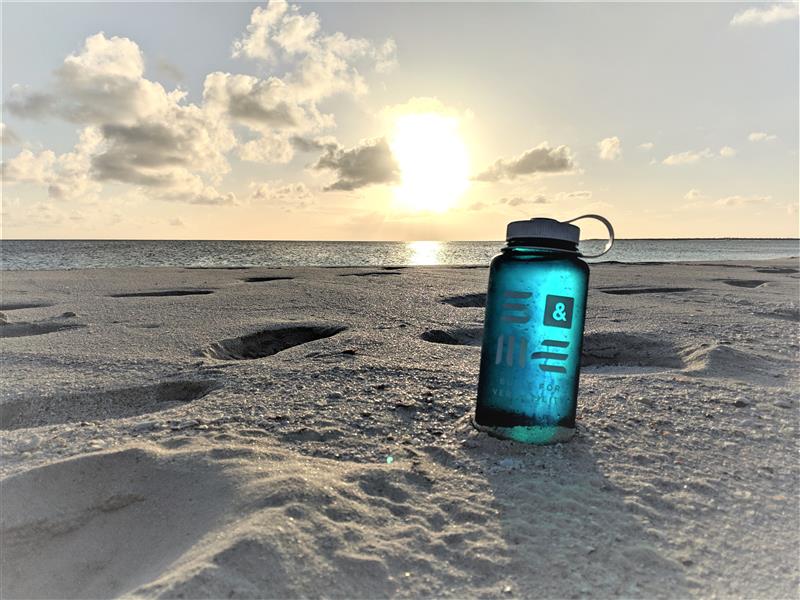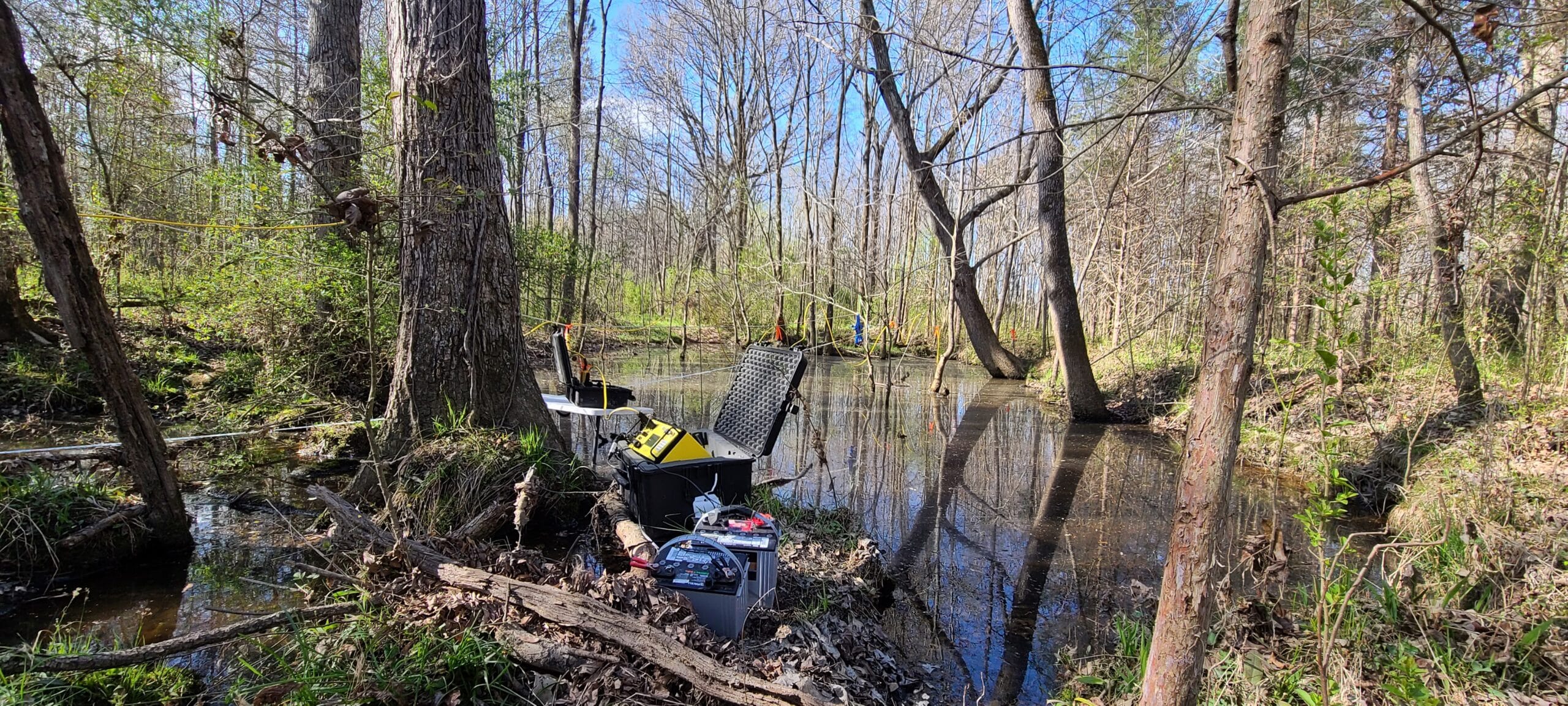Geophysics
How can we visualize the subsurface in an effective and efficient way?
Geophysics provides a unique approach to assist in identifying subsurface geologic and environmental conditions and hazards. Geophysical surveys offer a cost-effective, non-destructive solution that can supplement or serve as an alternative to traditional geotechnical exploration methods such as drilling, well-logging, and test pits. While these conventional approaches offer detailed information, they are limited in scope and only provide insights at a few specific locations. Geophysics offers a more comprehensive analysis of the subsurface to further aid field exploration by interpreting the physical properties of the Earth, while conventional solutions offer fewer investigation points that can lead to misinterpretations. Read more about the benefits of geophysics.
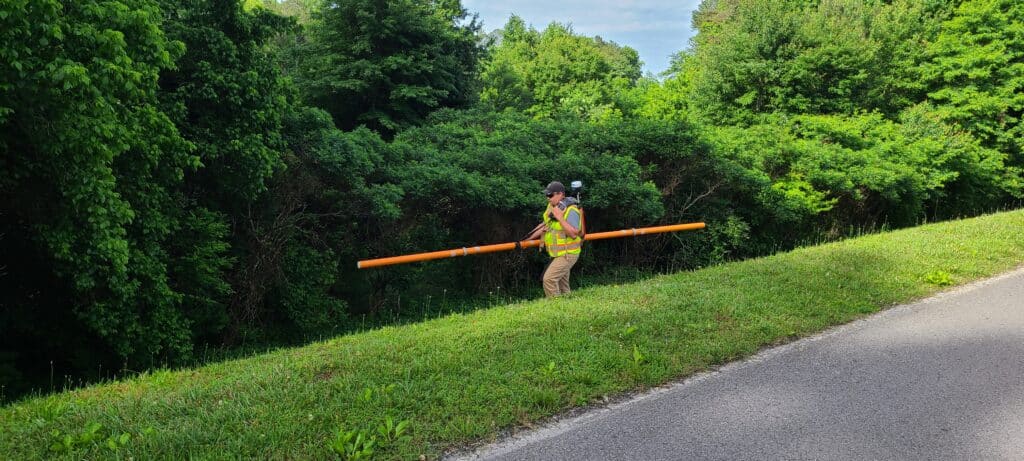
Performing Frequency Domain Electromagnetics (FDEM/FDEMI) on site
Common applications of near-surface geophysics include:
- Karst exploration of sinkholes and cavities
- Bedrock profiling and rippability studies
- IBC Seismic Site Classification
- Identifying concentrated groundwater flow
- Pavement thickness and bridge deck assessments
- Buried debris and landfill delineation
- Underground storage tank location
- Archeological surveys
Why S&ME?
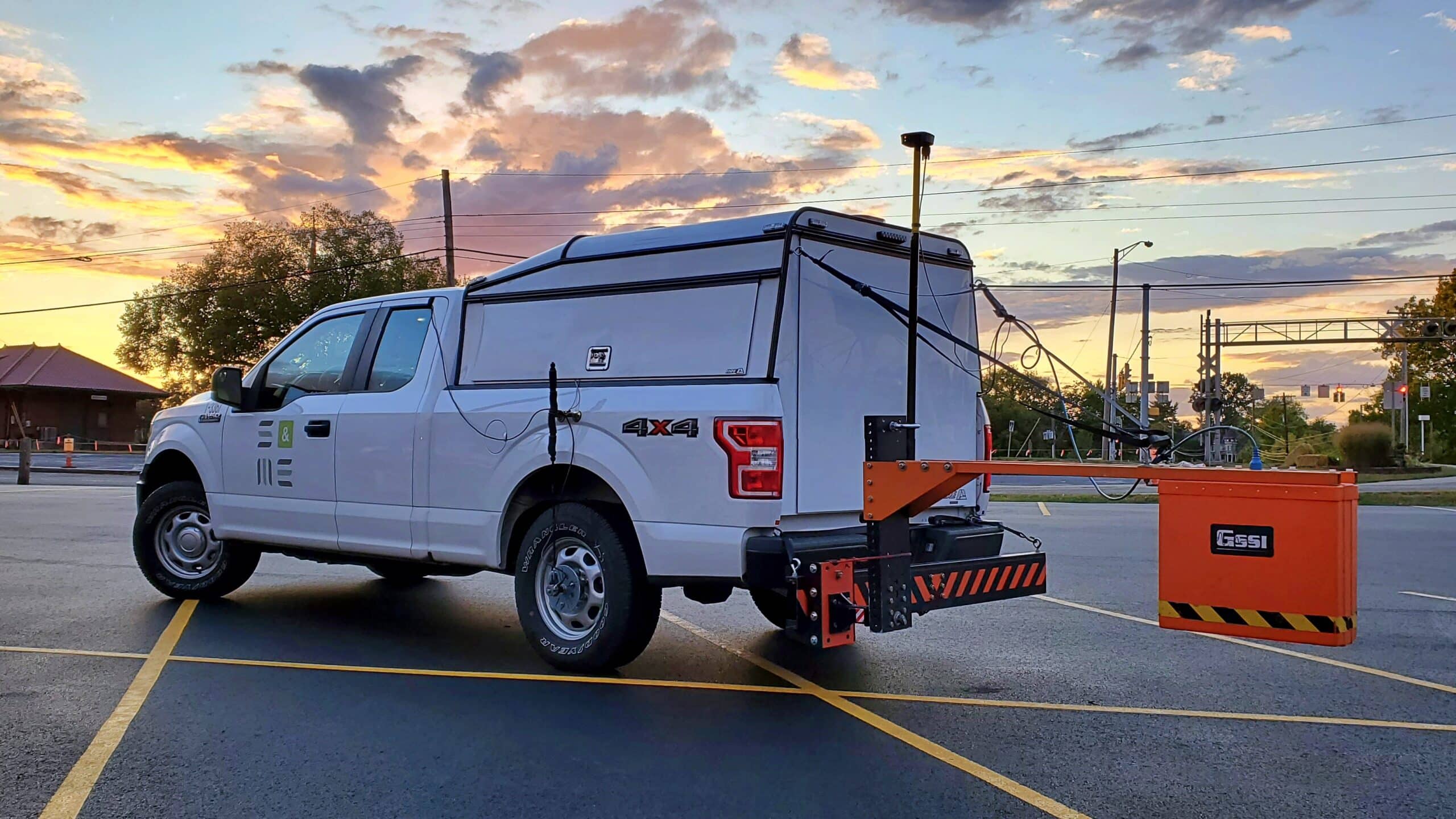
Vehicle mounted with GPR integration
S&ME has provided geophysical services on some of the most challenging sites nationwide across a broad range of geologic conditions, hazards, and environments. Our geophysicists provide a unique approach with state-of-the-art resources to identify subsurface site conditions and hazards.
S&ME has the expertise and resources to conduct a cost-effective single- or
multi-method approach that aids in streamlining subsurface exploration with improved overall site characterization. Our geophysicists collaborate directly with other S&ME engineers and scientists, so the project goals are defined and communicated effectively upfront in order to deliver the most practical solutions and value to our clients. We incorporate precise georeferencing through the implementation of global positioning systems (GPS) for GIS applications and UAS/drone-based LiDAR to aid in accurate subsurface interpretations. We continually strive to improve our geophysical capabilities through continued education and training of technical staff and maintaining the latest tools and software to meet the needs of our clients.
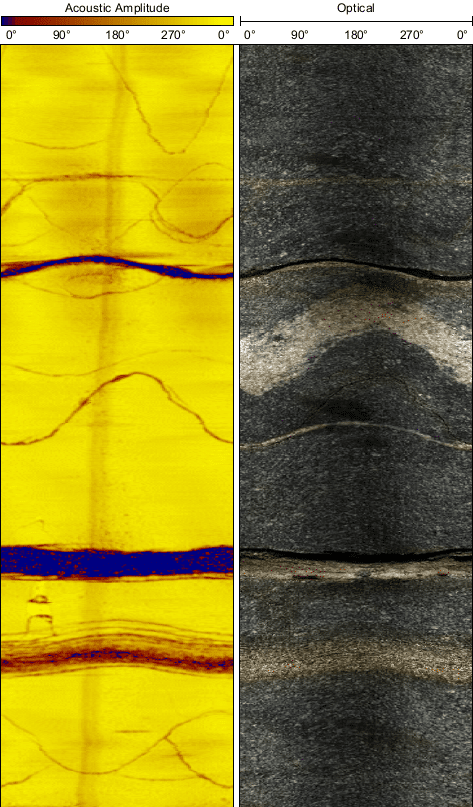
Side-by-side Acoustic and Optical Televiewer Data
Geophysics Services
- Ground Penetrating Radar (GPR)
- High-speed Roadway GPR
- Electrical Resistivity Tomography (ERT/ERI)
- Wenner Four-Point Soil Resistivity Measurements
- Spontaneous Potential (SP)
- Multi-Channel Analysis of Surface Waves (MASW)
- Microtremor Array Measurements (MAM)
- Seismic Refraction (P-Wave and S-Wave)
- Horizontal-to-Vertical Spectral Ratio (HVSR)
- Downhole Seismic
- Time Domain Electromagnetics (TDEM/TDEMI)
- Frequency Domain Electromagnetics (FDEM/FDEMI)
- Borehole Televiewer and Geophysical Logging
- Microgravity
- Sub-Bottom Profiling (SBP)
- LiDAR and Photogrammetry

